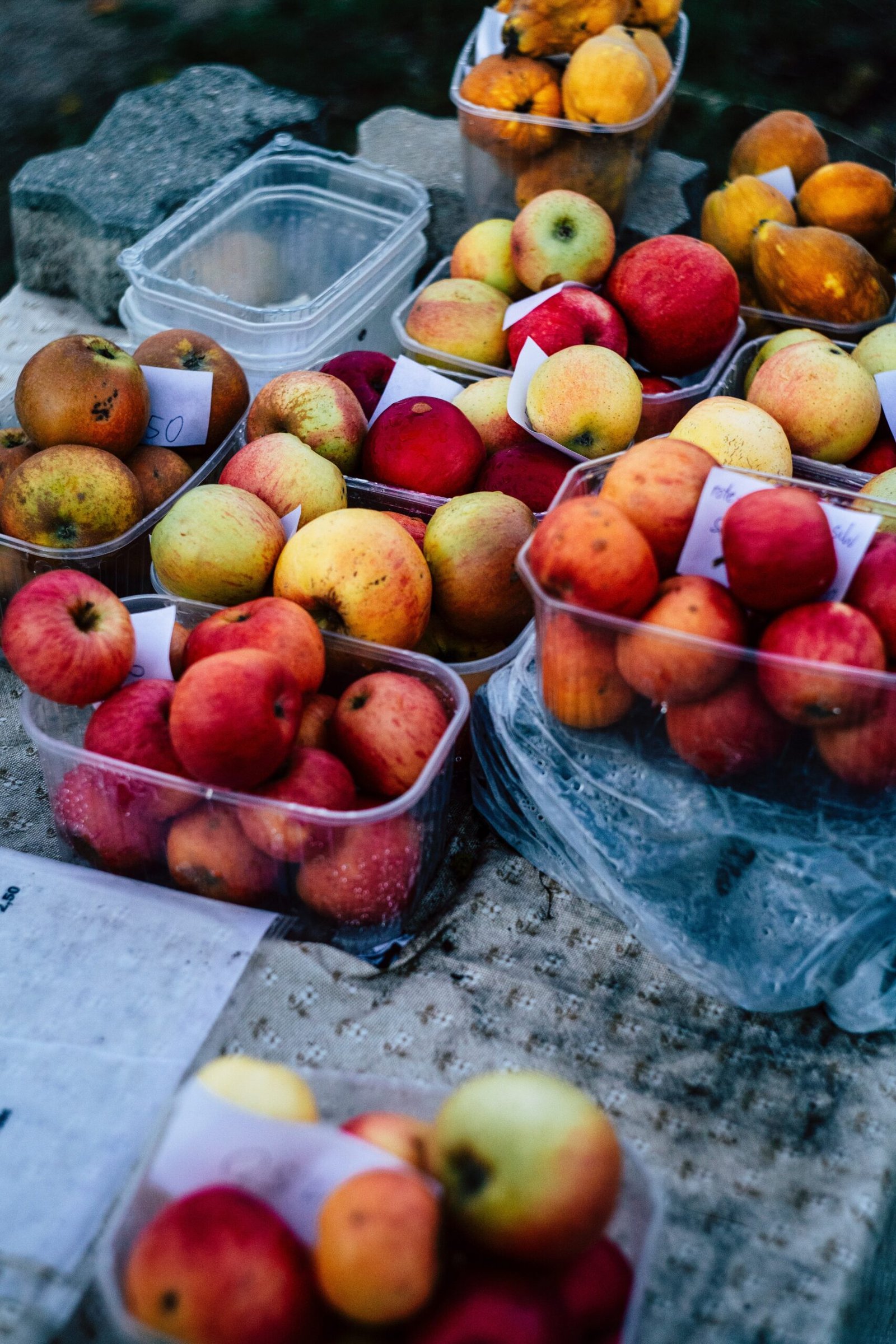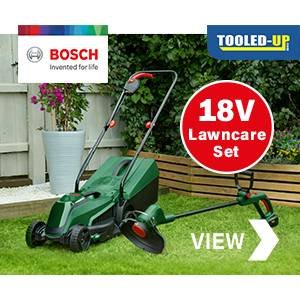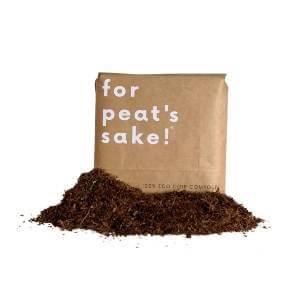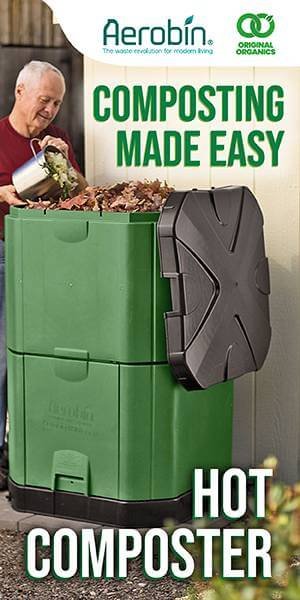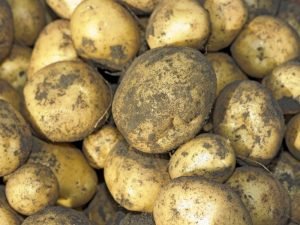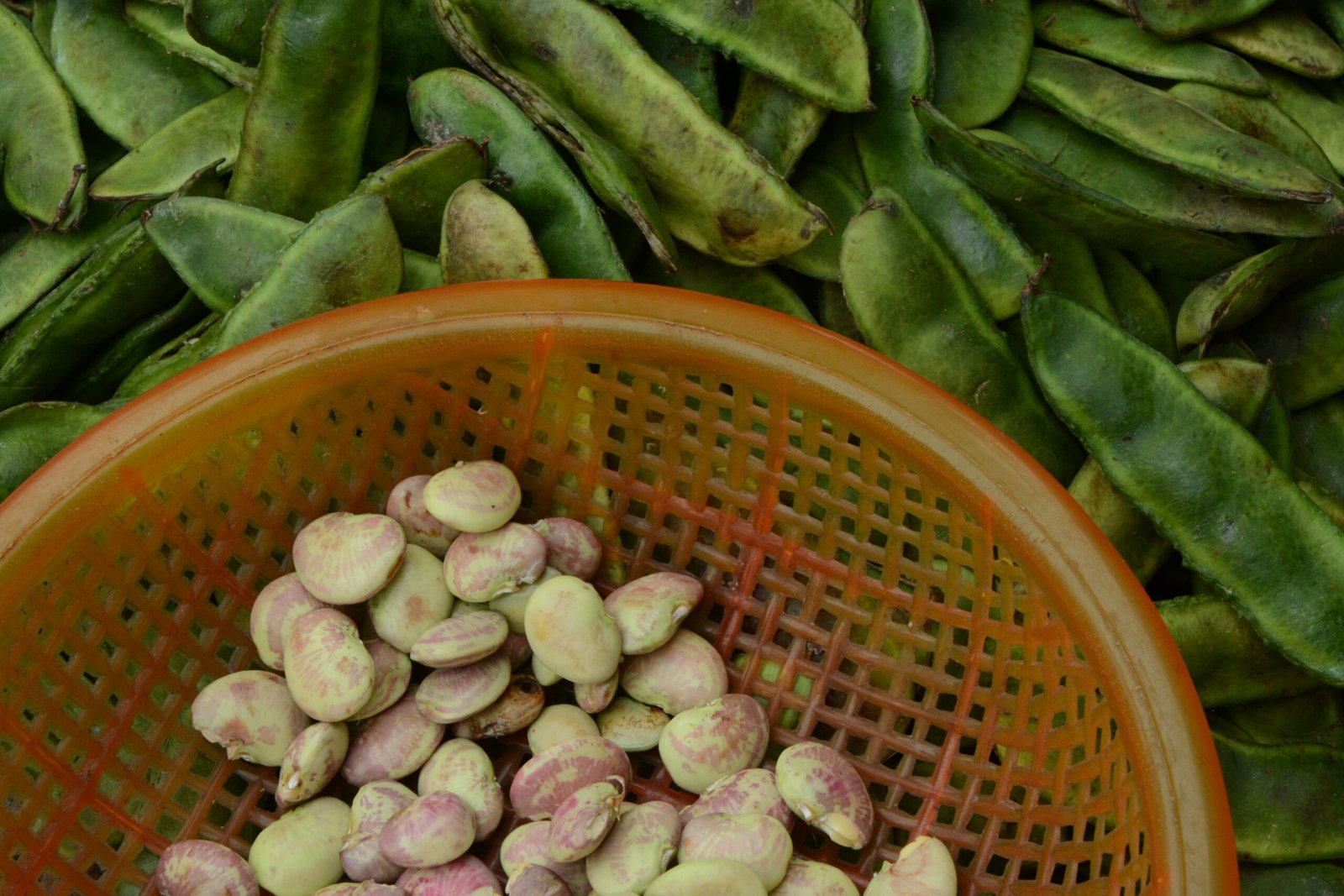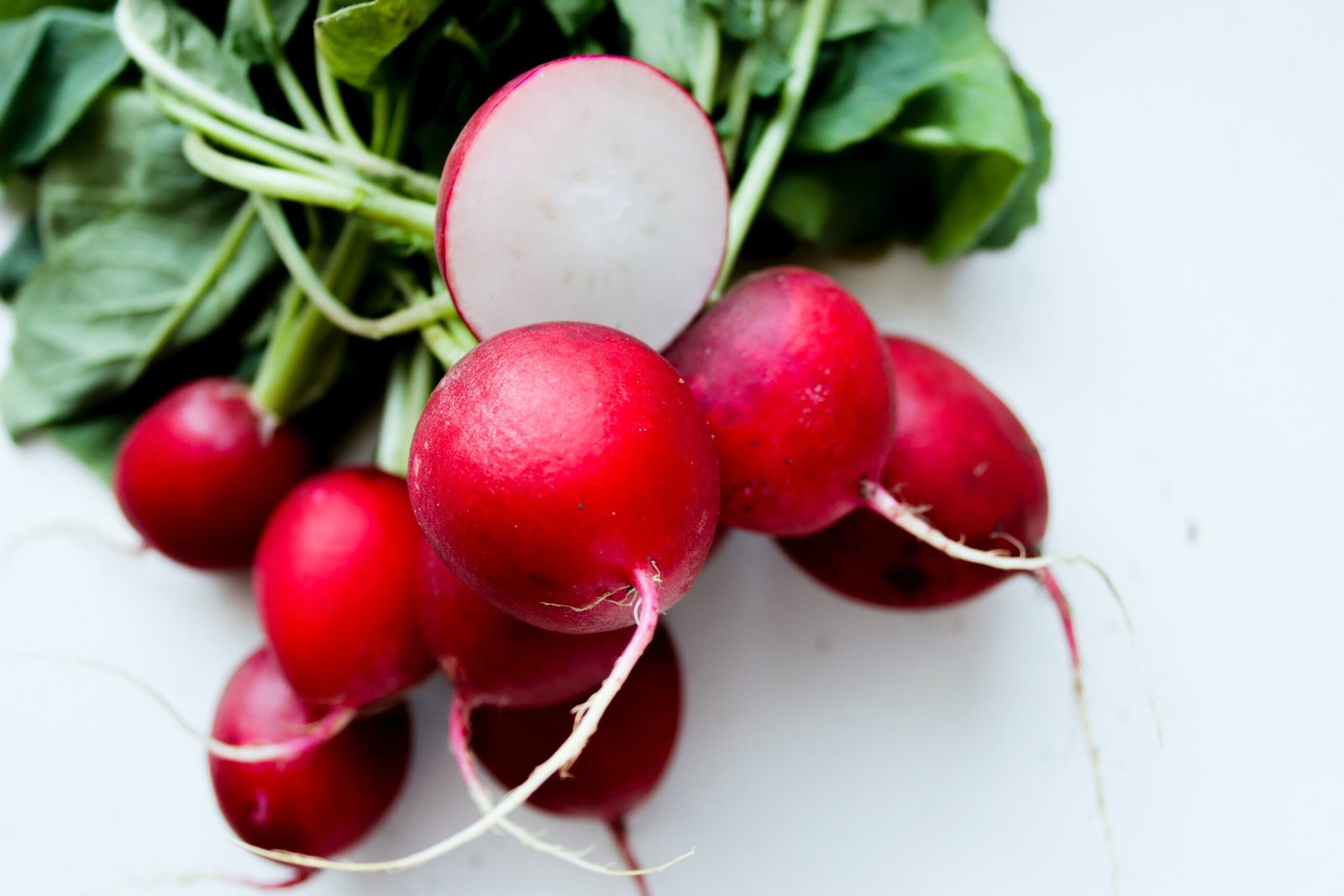Introduction
Welcome to the ultimate guide on how to grow edible apples right in your own backyard in the UK. Growing apples can be a rewarding and fulfilling experience, allowing you to enjoy the taste of fresh, homegrown fruit. In this comprehensive guide, we will take you through each step of the process, from choosing the right location to harvesting and storing your apples.
Why Should I Grow Apples?
Growing your own apples offers a multitude of benefits. Firstly, you have complete control over the growing process, ensuring that no harmful chemicals or pesticides are used. Secondly, homegrown apples are fresher and tastier than store-bought ones. Lastly, it’s a great way to connect with nature, reduce your carbon footprint, and enjoy the satisfaction of nurturing a fruit tree from seed to harvest.
Where is the Ideal Location to Grow Apples?
Apples thrive in a sunny location, so choose a spot in your garden that receives at least six hours of direct sunlight each day. It’s also important to ensure good air circulation to prevent the development of diseases. Avoid planting near tall trees or buildings that may cast shade or block airflow.
Soil Type and Preparing the Soil
Apples prefer well-draining soil with a pH level between 6.0 and 7.0. Before planting, test your soil’s pH level and make any necessary adjustments. If your soil is heavy clay or sandy, you can improve its texture and fertility by adding organic matter such as compost or well-rotted manure. This will provide essential nutrients and improve water retention.
Watering Tips and Hints
Proper watering is crucial for the health and growth of your apple trees. Young trees require regular watering, especially during dry spells. Aim to provide around one inch of water per week, either through rainfall or manual irrigation. Avoid overwatering, as this can lead to root rot. Mulching around the base of the tree helps to conserve moisture and suppress weeds.
Sowing and Planting Apples
If you prefer to grow apples from seed, start by collecting apple pips from your favorite variety. Clean and dry the pips before placing them in a plastic bag with damp sand or peat moss. Store the bag in the refrigerator for 10-12 weeks to simulate winter conditions. After this cold stratification period, sow the seeds in pots filled with well-draining potting mix. Keep the soil moist and place the pots in a warm, sunny spot. Transplant the seedlings outdoors once they are around 6-8 inches tall.
How to Plant Out Apples
When planting apple trees, dig a hole that is wide and deep enough to accommodate the roots without bending or crowding them. Place the tree in the hole, making sure the graft union (a swollen area near the base of the trunk) is above the soil line. Backfill the hole with soil, gently firming it around the roots. Water thoroughly to settle the soil and eliminate any air pockets.
General Care for Apples
Regular care is essential for the healthy growth of your apple trees. Prune them during the dormant season to remove dead or diseased branches, improve air circulation, and shape the tree. Fertilize annually with a balanced organic fertilizer in early spring. Mulching around the base of the tree helps to conserve moisture, suppress weeds, and regulate soil temperature. Regularly monitor for pests and diseases, and take appropriate action if necessary.
How to Harvest Apples
Harvesting apples at the right time is crucial for optimal flavor and texture. Apples are ready to be picked when they are fully colored, firm, and easily detach from the tree with a gentle twist. Avoid pulling or yanking the fruit, as this can damage the branch. Handle the apples with care to prevent bruising.
How to Store Apples
Proper storage helps to extend the shelf life of your apples. Store them in a cool, dark place with good ventilation, such as a cellar or refrigerator. Keep them away from other fruits, as apples release ethylene gas, which can cause premature ripening. Check your stored apples regularly and remove any that show signs of spoilage to prevent the spread of rot.
Problems in Growing Apples: Common Pests and Diseases
While growing apples, you may encounter some common pests and diseases. Aphids, codling moths, and apple scab are among the most common issues. To prevent and control these problems, practice good sanitation, choose disease-resistant varieties, and consider using organic pest control methods when necessary.
Where to Buy Apples
You can buy apple trees from local nurseries, garden centers, or online suppliers. Look for reputable sources that offer a wide selection of apple varieties suitable for your region. Consider buying bare-root trees during the dormant season, as they are often more affordable and easier to establish.
What are the Best Apple Varieties to Grow and Why?
The best apple varieties to grow depend on your taste preferences and the specific conditions in your area. Popular choices in the UK include Cox’s Orange Pippin, Bramley, Egremont Russet, and Discovery. Cox’s Orange Pippin is renowned for its exceptional flavor, Bramley is perfect for cooking, Egremont Russet has a unique nutty taste, and Discovery is an early-season apple with a crisp texture.
What Tools Will I Need to Grow Apples?
While growing apples, you will need a few essential tools. These include a spade or shovel for digging, pruning shears for trimming branches, a watering can or hose for watering, and a garden fork for loosening the soil. Additionally, it’s helpful to have a pH testing kit, mulch, and organic fertilizer on hand.
Conclusion
Growing your own apples can bring immense joy and satisfaction. With the right knowledge and care, you can successfully cultivate delicious apples in your UK garden. Follow the steps outlined in this guide, and soon you’ll be enjoying the taste of your homegrown apples, straight from the tree.
Frequently Asked Questions
Q: Can I grow apples in containers?
A: Yes, you can grow certain apple varieties in containers, as long as the containers are large enough and provide adequate drainage.
Q: How long does it take for an apple tree to bear fruit?
A: It usually takes around 3-5 years for an apple tree to bear its first fruit, depending on the variety and growing conditions.
Q: Do apple trees need cross-pollination?
A: Most apple trees require cross-pollination with another compatible apple variety to produce fruit. However, some self-fertile varieties can produce fruit without a pollination partner.
Q: How do I know if my apple tree needs watering?
A: Check the soil moisture by inserting your finger into the soil near the roots. If it feels dry, it’s time to water. Avoid overwatering, as it can lead to root rot.
Q: Can I grow apples from store-bought seeds?
A: It’s possible, but keep in mind that apples grown from store-bought seeds may not produce fruit true to the parent variety. For consistent results, it’s best to start with grafted trees.
Keywords: growing apples, the process of growing apples, growing apples from seed, growing apples from pips, grow apples at home, ideal location to grow apples, soil preparation, watering tips, sowing and planting apples, general care for apples, how to harvest apples, how to store apples, problems in growing apples, common pests and diseases, where to buy apples, best apple varieties to grow, tools for growing apples, frequently asked questions.

